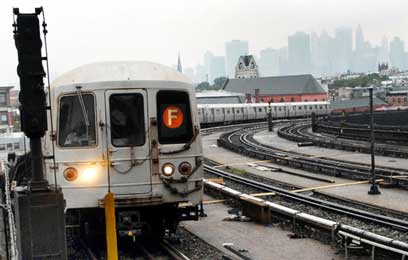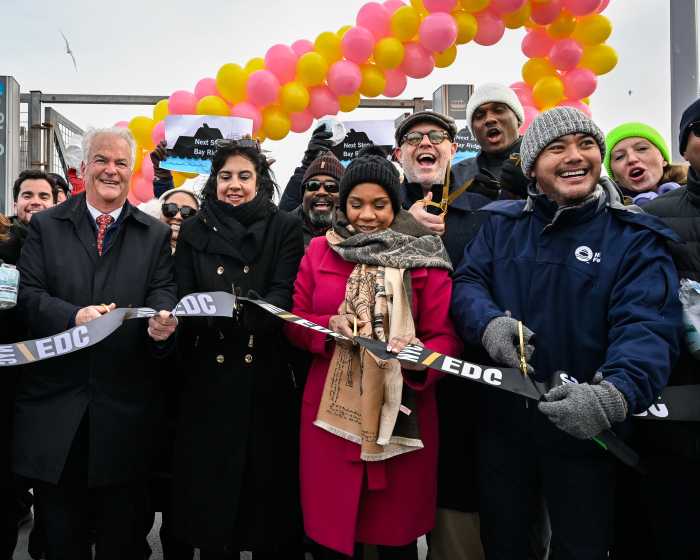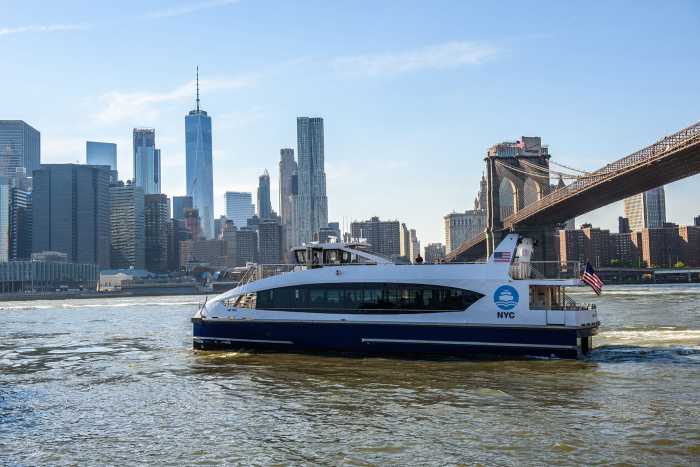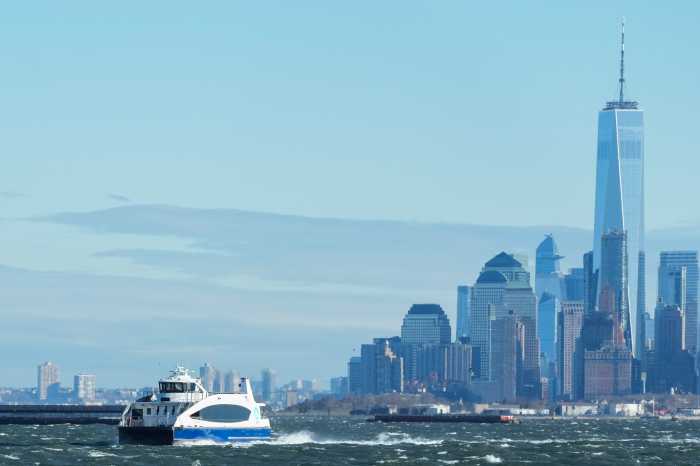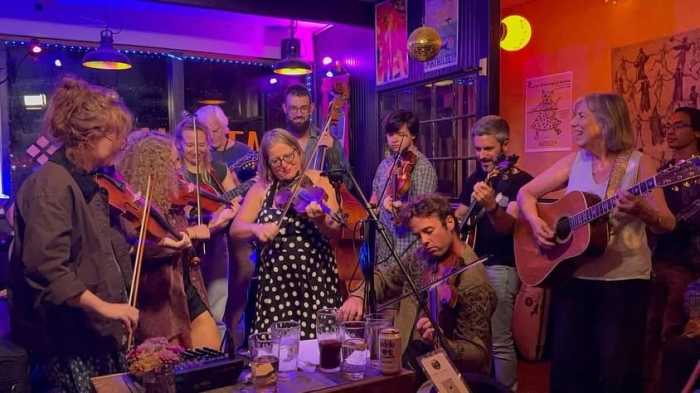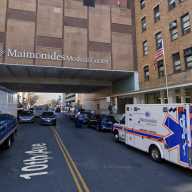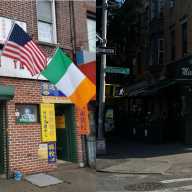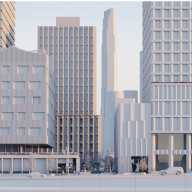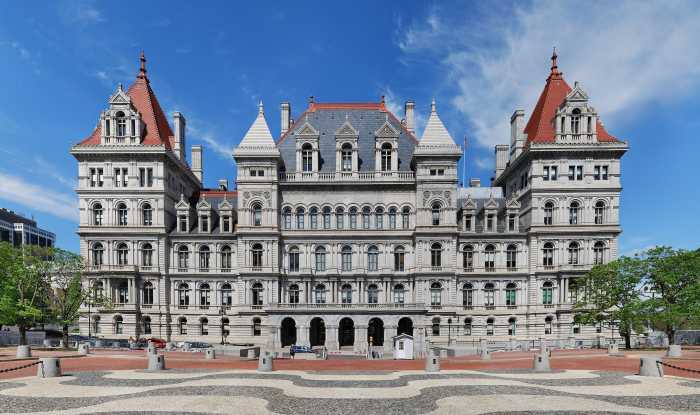The south will ride again!
Transit officials are reviving the F express — seen as a boon for Southern Brooklynites and a boondoggle by Downtown riders — and now a civil war is brewing with Church Avenue as the proverbial Mason-Dixon Line. Northern and Southern Brooklyn pols feuded at a May 17 Council hearing over the Metropolitan Transportation Authority’s plan to run the orange bullet between Church Avenue and Jay Street. Councilman Brad Lander (D–Park Slope) claimed the plan would “screw” Brownstone straphangers, because fewer trains would stop at their local-only stations. But Councilman David Greenfield (D–Borough Park) argued Lander’s gripes were just another salvo in an ongoing war of northern aggression.
“It’s not fair to say, ‘My constituents are in a wealthy, transit-rich area, but you poor schlubs who live in Southern Brooklyn shouldn’t get it,’ ” said Councilman David Greenfield. “The G train extension [in 2009] slowed down F service, and I didn’t complain — nobody complained that Councilmember Lander’s constituents had more robust service. New Yorkers don’t begrudge other New Yorkers.”
The authority is proposing half the service’s trains skip all Manhattan-bound stops between Church Avenue and Jay Street — except for Seventh Avenue — during the morning rush and vice-versa in the evenings. The re-jiggering could shave more than seven minutes off Southern Brooklynites’ trips to Manhattan while adding up to 5 minutes to Brownstone-area riders’ commutes, according to a long-awaited agency study.
Lander, who spoke earlier in the hearing, tried to fire back at Greenfield, drawing admonition from finance chairwoman Julissa Ferreras (D–Queens) and from his Brooklyn colleague.

“Let’s respect the process Councilmember Lander,” Greenfield said. “This is not the Republican debate — you don’t get a rebuttal.”
Lander argued that his constituents would saddle a disproportionate burden, because authority figures show Manhattan-bound ridership is larger — and growing faster — in his neck of the woods than Greenfield’s.
“Negatively affected riders outweigh positively affected ones,” he said.
But the plan reverses a perceived decades-long disinvestment in transit outside of the borough’s trendy, gentrified enclaves, another southern pol said.
“The perception and feeling in Southern Brooklyn is that every time there is a capital announcement, it’s not in our region,” said Councilman Mark Treyger (D–Coney Island) citing the Mayor’s proposed streetcar and ferry system — both set to serve Lander’s district. “This is news we welcome.”

Borough President Adams decried the agency for driving a railroad spike in the heart of Brooklyn’s proverbial union.
“The MTA’s newly announced proposal, which was made outside of consultation with local representatives and impacted straphangers, seeks to pit Brooklynite against Brooklynite in a fight for quality transportation,” the Beep said in a press release issued just minutes before Greenfield and Lander’s Fort Sumter-esque fracas.
But the authority plans to take its proposal to both sides of the fight, an official said.
“This is the start of the process,” said spokesman Kevin Ortiz. “We plan on engaging all of the communities that would be affected by these service changes.”
The authority cannot revive the service between Church and Stillwell avenues because tracks and switches at Kings Highway could not accommodate the additional trains, but planned work at the stop could allow express service further south after 2019, the agency’s study shows.

The authority anticipates it will roll out the express in 2017, Ortiz said.


